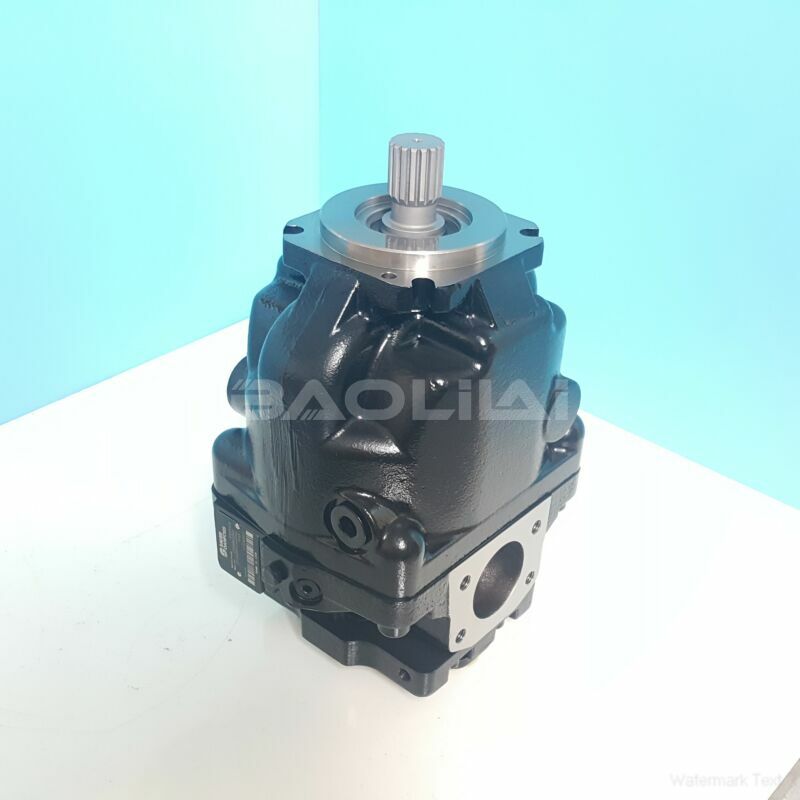ERR130BLS2320NNN3S2NLA1NNNNNNNNNN danfoss pump
ERR130BLS2320NNN3S2NLA1NNNNNNNNNN danfoss pump

- Product Details
- Applicable Scene
Another critical area to inspect is the hydraulic filter. A clogged or dirty filter can restrict fluid flow, leading to pressure loss. Check the filter’s condition and replace it if necessary. It is also a good practice to ensure that you regularly replace the filter as part of routine maintenance for hydraulic systems.
ER-R-130B-LS-23-20-NN-N-3-S2NL-A1N-NNN-NNN-NNN
ERR130BLS2320NNN3S2NLA1NNNNNNNNNN
After checking the pump and filters, take a closer look at the hydraulic lines and hoses. Look for any kinks, bends, or restrictions that could impede fluid flow. Damaged or overly worn hoses may need to be replaced to restore optimum performance. Ensure all connections are tight and secure, as any loose fittings can introduce air into the system, further complicating pressure issues.

7000102
If none of the above steps reveal the source of the pressure loss, it may be necessary to conduct flow and pressure tests using hydraulic gauges. By measuring the pressure at different points in the hydraulic circuit, you can identify specific areas where pressure drops significantly. This can help you pinpoint any internal restrictions or faults within valves or actuators.
If after all these steps, you have still not resolved the pressure loss issue, it may be time to consult with a hydraulic system expert or technician. They can provide advanced troubleshooting services and assist in the repair or replacement of critical components.
In conclusion, troubleshooting hydraulic pump pressure loss in construction equipment involves a methodical approach that includes visual inspections, checking fluid levels, and testing various components. Regular maintenance and prompt attention to any signs of pressure loss can help mitigate further issues and ensure the efficient operation of hydraulic systems in construction tasks.





